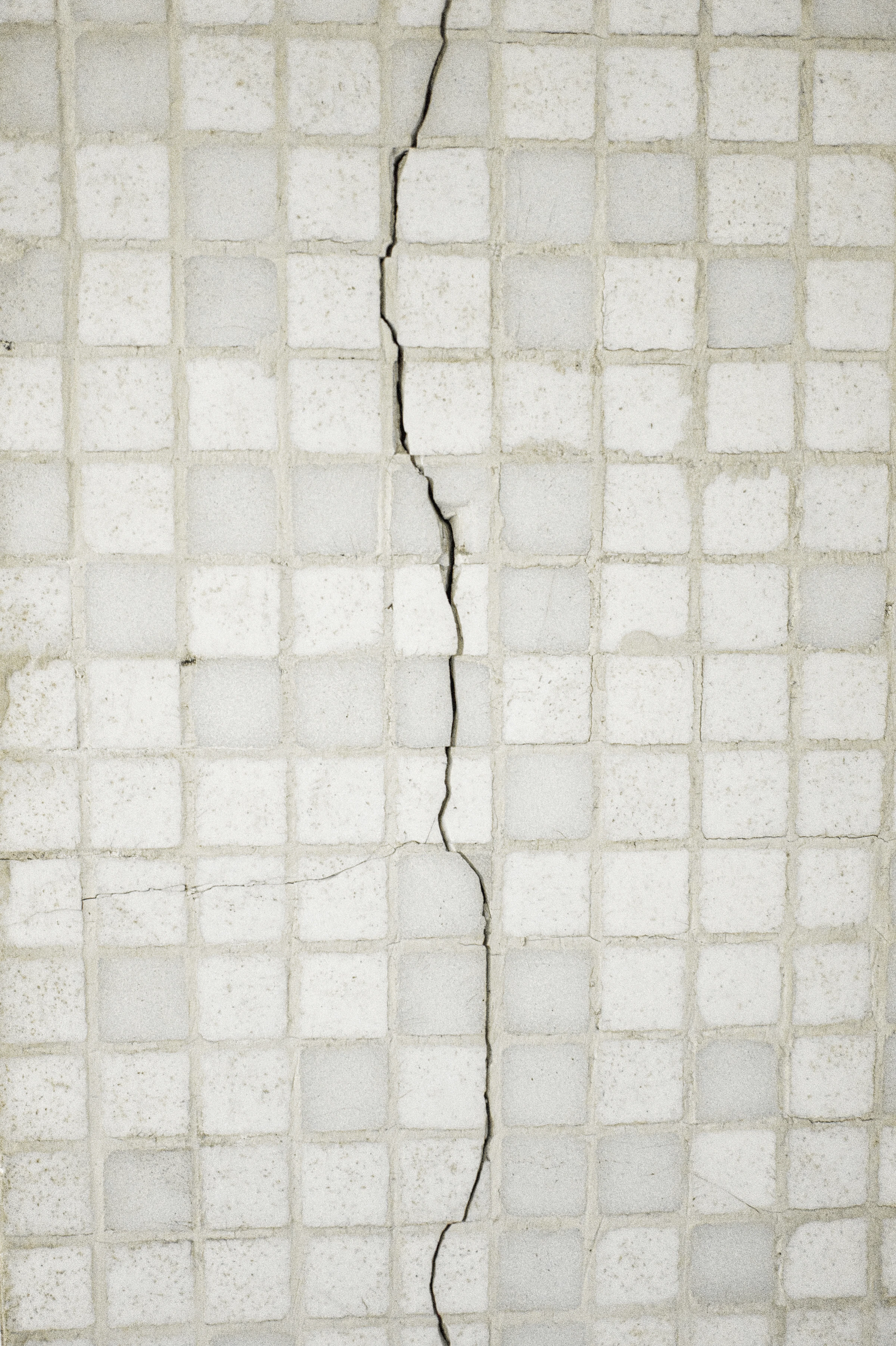Why Is Epoxy the Perfect Solution for Cracked Tiles
05 July 2025
Why Is Epoxy the Perfect Solution for Cracked Tiles
If you're dealing with cracked tiles in your home or commercial property, you're not alone. Over time, tile floors can become damaged due to shifting foundations, heavy foot traffic, moisture issues, or simple wear and tear. Replacing broken tiles can be expensive and time-consuming.
Fortunately, epoxy has emerged as an efficient and durable solution for restoring damaged tile surfaces. In this article, we’ll dive deep into what epoxy is, how it works, and why it’s the ideal answer to cracked tile problems.
1. What Is Epoxy Flooring?
Epoxy is a versatile thermosetting polymer made when you mix two components: a resin and a hardener. When combined, a chemical reaction occurs, creating a rigid, durable, and adhesive material that bonds strongly to most surfaces, including concrete, wood, and — most importantly — ceramic or porcelain tiles.
The material has long been used in construction, automotive, and manufacturing industries for its strength, durability, and resistance to chemicals and moisture. In recent years, epoxy flooring systems have gained popularity for both residential and commercial applications because of their sleek appearance, longevity, and performance.
2. How Epoxy works
Epoxy coatings work by penetrating the surface and creating a tough, protective layer over it. When applied to floors — especially tiled ones — epoxy seeps into the pores, cracks, and crevices of the substrate. Once cured, it forms a seamless and non-porous surface that’s both attractive and highly functional.
There are several types of epoxy coatings, including:
- Self-leveling epoxy: Ideal for covering imperfections like cracks or uneven surfaces.
- Mortar epoxy systems: Extremely durable, suitable for industrial floors.
- Gravel or flake epoxy systems: Provide a decorative finish with added texture.
- Anti-static and chemical-resistant epoxy: Used in specialized industrial environments.
When applied over cracked tiles, epoxy not only masks the damage but also strengthens the entire floor, preventing further deterioration.
3. Why Do Tiles Crack?
Before we explore how epoxy resolves tile problems, it’s helpful to understand why tiles crack in the first place. Common causes include:
- Foundation Shifts: Natural settling of a building over time can cause stress on tiles.
- Improper Installation: Inadequate subfloor preparation or wrong adhesive use can lead to cracking.
- Heavy Impact or Pressure: Dropping heavy items or continuous heavy foot traffic.
- Moisture Issues: Water infiltration can compromise adhesives and weaken the substrate.
- Thermal Expansion: Temperature changes can cause materials to expand or contract, stressing the tiles.
Traditional repair methods often involve removing and replacing damaged tiles — a process that can be costly and disruptive. That’s where epoxy comes in.
4. How Epoxy Is an Efficient Solution for Cracked Tiles
A) Seamless Surface Repair
One of the standout benefits of epoxy is its ability to create a seamless, uniform surface. Rather than replacing each individual tile, epoxy coats the entire floor, binding the cracked areas and preventing further splitting. The final result is a smooth, continuous floor that looks modern and is easy to maintain.
B) Cost-Effective Alternative to Replacement
Replacing cracked tiles requires materials, labor, and time — not to mention the risk of breaking adjacent tiles in the process. Epoxy flooring eliminates the need for tile demolition and installation, significantly reducing overall costs. It's especially ideal for large spaces or commercial environments where minimizing downtime is crucial.
C) Durability and Longevity
Epoxy coatings are known for their strength. Once cured, they can withstand heavy loads, foot traffic, and impacts that would easily damage traditional tiles. This makes them particularly suitable for garages, warehouses, basements, and industrial environments.
D) Moisture and Chemical Resistance
Cracked tiles can allow moisture to seep beneath the surface, leading to mold growth and subfloor damage. Epoxy, being non-porous and water-resistant, creates a barrier that protects the underlying structure from moisture and chemical spills. This is especially beneficial in kitchens, bathrooms, and commercial kitchens.
E) Aesthetic Flexibility
Epoxy isn't just practical — it’s also beautiful. Modern epoxy finishes come in a wide range of colors, textures, and styles. You can choose from high-gloss finishes, matte looks, or even decorative flakes that mimic granite or terrazzo. This makes it a smart solution not only for restoring cracked tile floors but also for upgrading the entire aesthetic of your space.
F) Quick and Minimal Disruption
Compared to tile replacement, applying an epoxy coating is a much faster process. Most installations can be completed in a matter of days, and some fast-curing systems allow foot traffic within 24 hours. This is a major advantage for businesses that cannot afford extended downtime.
5. When to Consider Epoxy Flooring for Cracked Tiles
You should consider epoxy flooring if:
- Your tiled floors have multiple cracks or signs of aging.
- You want a modern, seamless look.
- You’re looking for a fast, cost-effective renovation solution.
- Your floors are exposed to moisture, chemicals, or heavy usage.
- You want an easy-to-clean surface with low maintenance needs.
Conclusion
Cracked tiles can be an eyesore, a tripping hazard, and a sign of deeper structural issues. Instead of opting for expensive and labor-intensive tile replacement, consider the benefits of epoxy flooring. Epoxy offers a seamless, cost-effective, and highly durable solution that not only fixes the problem but enhances the look and performance of your space.
Whether it’s for a garage, kitchen, bathroom, or commercial environment, epoxy is a proven way to breathe new life into old, damaged tile surfaces. With its combination of strength, beauty, and efficiency, epoxy stands out as the smart choice for modern flooring needs
At Alpine Flooring Solutions, we specialize in professional epoxy floor installations that are tailored to your specific needs and preferences. Contact us today to schedule your consultation and learn more about how epoxy flooring can enhance your space! We offer complimentary on-site consultations, where our experts assess your flooring needs and provide samples, suggestions, and a no-obligation quote.
Alpine Flooring Solutions
Whatsapp or Call:
+65 80684605

